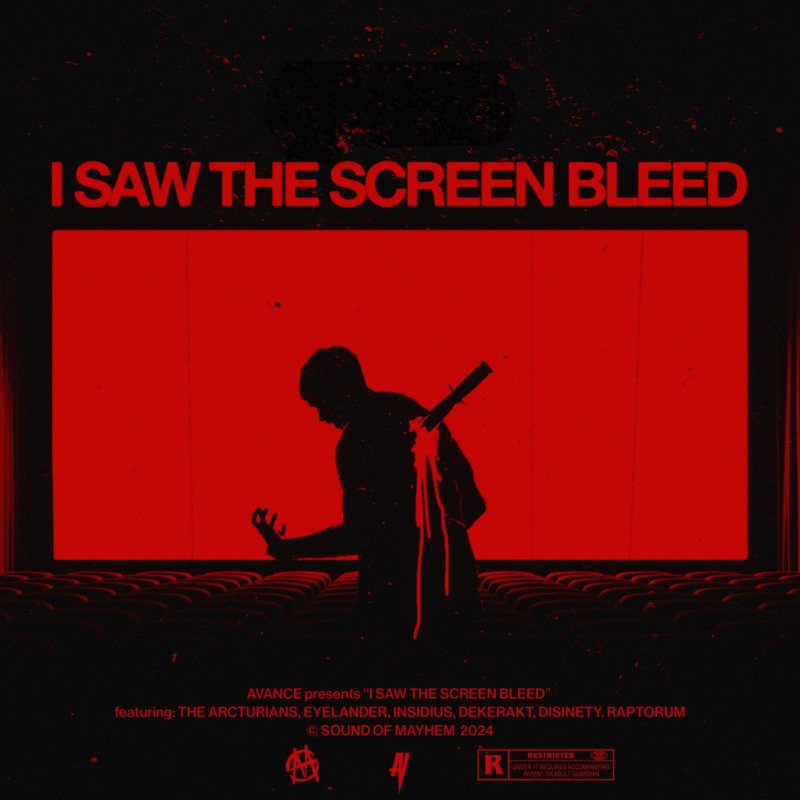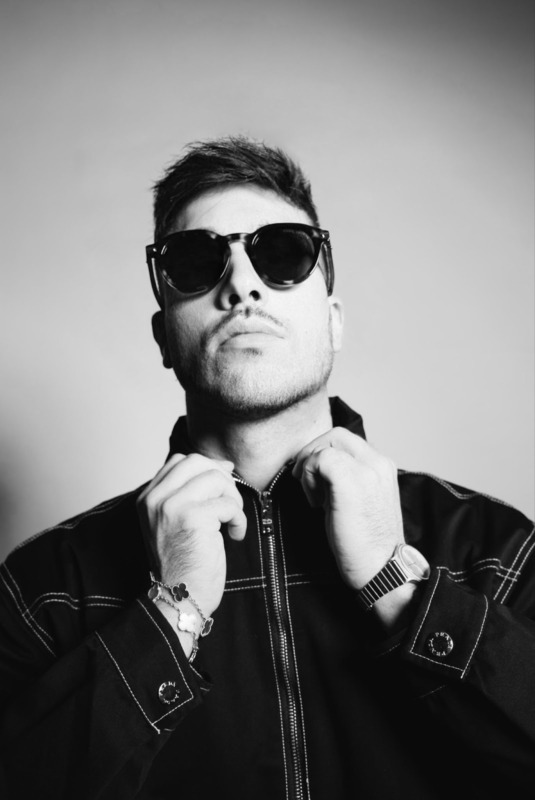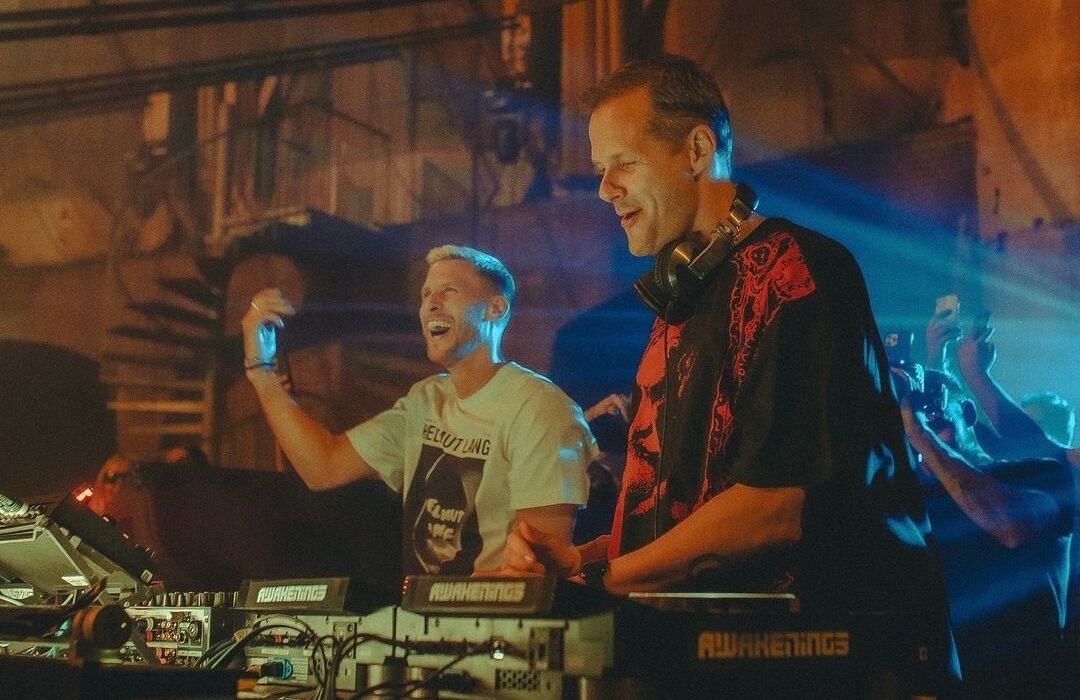When talking about My Hero Academia, hardly anyone ever mentions the guy in Class 1-A who grows body parts from his tentacle arms. It's mainly because he's been unimportant to the story so far, but there are more characters like him that nobody really brings up -- the villain who uses his teeth to move around and attack, the Pro Hero whose entire head is a centipede, the mysterious Nomu with their exposed brains. All of these characters have highly unusual appearances by real-world standards, but the topic is rarely addressed.
It's not just the fans either. Most of the human population in the world of MHA seems numb to all of the people who look like they could be Ripley's Believe it or Not exhibits. However, this might be a good thing. Having people overlook the physical appearances of others can be interpreted as a message on social equality. If this is the intent, it's handled well through the worldbuilding of MHA.
It's important to understand Kohei Horikoshi's mindset in coming up with inhuman character designs. It's not an entirely new concept for the artist. His first published manga series, Oumagadoki Zoo, prominently features anthropomorphic animals among its main cast. Some of the designs are even repurposed in MHA for characters like Gang Orca and Uwabami. As an aside, Gang Orca definitely has an intimidating appearance even by in-universe standards.
Horikoshi's efforts to make freaky character designs for humans with a Quirk Factor may also be his way of emulating X-men. In that franchise, mutants like Nightcrawler and Mystique can have dramatic variations to their physiology. Sure enough, MHA's Gevaudan seems to draw inspiration from X-Men's Beast in everything from his looks, personality and even his Quirk name.
The reason nobody cares about the body horror in MHA is that it's ubiquitous. With 80% of humans having Quirks, it's impossible to look around and not see something like a guy whose head is a word bubble or a girl with blue skin. The latter happens more often than one would think if Bubble Girl and Curious are anything to go by. There's no point in trying to avoid these kinds of people because they're everywhere.
The body horror could be Horikoshi's subtle message on acceptance of all kinds of people. For the most part, people in MHA, whether they have different skin colors or antennae, are treated the same as everybody else. Even if someone has a spray bottle head, it's used for identification rather than verbal assault, so there's no issue. By having society work like this, Horikoshi sets an ideal standard for people to live by in real life.
Of course, there will always be instances of people who are singled out through their appearances. Bakugo often refers to classmates like Tokoyami and Ashido as "bird head" or "raccoon eyes," but it's only because he's bad at learning names. Nejire plays around with Ashido's little horns to her chagrin, but this is more out of curiosity than malice. Poor Ashido may never stop attracting attention because of her looks, but at least she'll never be bullied for them.
Also, it's rare, but there is in fact discrimination against those who can be seen as freaks. In the manga, the Creature Rejection Clan commits violent acts against people whose Quirk Factor makes them look inhuman. They even go after Spinner for having lizard-like features. This way of thinking, however, is dated by MHA's societal standards. Those who still think of Mutant-type Quirks in this regard are in the minority. In fact, they're so insignificant that they're apparently not even worth featuring in the anime.
Characters in MHA may not reference each other's freaky appearances often, but that's probably for the best. By simply treating others like normal people, they create a more inclusive environment for everybody. Even when those with Mutant-type Quirks get pointed out, it's rarely done with malicious intent, so nobody's ever really bothered by it. MHA's standards for treating others are insightful as they can be applied in real-life scenarios easily and effectively.
About The Author

